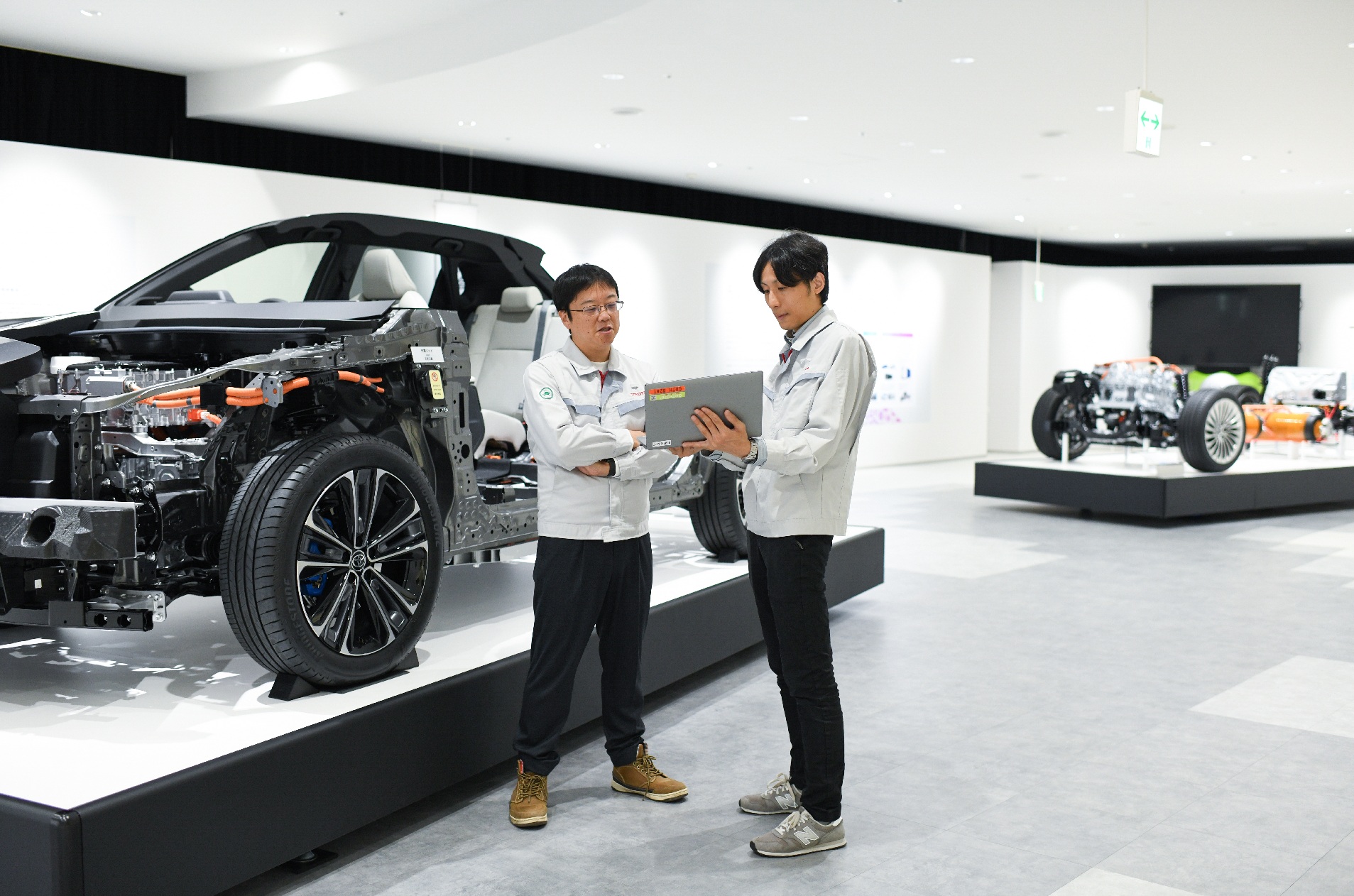Toyota’s Technological Leap: Revolutionizing Automotive Engineering with AI
Introduction
In recent years, the automotive industry has been undergoing a significant transformation, characterized by rapid advancements that are reshaping the way vehicles are designed and manufactured. Toyota Motor Corporation, a global leader in the automotive industry, is at the forefront of this change. With over 10 million vehicles sold last year alone, Toyota is leveraging cutting-edge technologies to maintain its competitive edge in the evolving market. This article explores Toyota’s innovative approach to integrating artificial intelligence (AI) into its design and manufacturing processes to accelerate vehicle development and maintain a repository of invaluable engineering expertise.
Toyota’s Transition to a Mobility Company
Toyota is transitioning from a traditional car manufacturer to a comprehensive mobility company. This shift is necessitated by the increasing complexity of automotive systems, which now include sophisticated components such as batteries, charging stations, and advanced software. Kenji Onishi, an experienced automotive engineer with 18 years at Toyota, is at the helm of this transformation. He emphasizes the need for Toyota to innovate rapidly to keep pace with the growing number of components required in modern vehicles.
Introducing O-Beya: A Collaborative AI System
To address the challenges posed by the retiring workforce and the growing complexity of automotive engineering, Toyota has developed an AI system named "O-Beya." The term "O-Beya" is derived from a Japanese management concept meaning "big room," symbolizing a collaborative environment. This system comprises multiple generative AI agents that store and share internal expertise, facilitating faster development of new vehicle models. Currently, O-Beya includes nine AI agents, each specializing in different aspects of automotive engineering, such as vibration and fuel consumption.
How O-Beya Works
O-Beya functions as a virtual collaborative space where engineers can access a wide range of expertise 24/7. Engineers can pose queries to the system, which then utilizes the relevant AI agents to provide comprehensive answers. For instance, a query about optimizing car performance might involve input from both the engine and regulatory agents, resulting in a consolidated response that considers both performance and emissions regulations. In the future, O-Beya aims to autonomously select the appropriate agents for each query, further streamlining the process.
Preserving Knowledge with AI
The O-Beya system is particularly valuable in the powertrain department, where a diverse team of experts collaborates on designing the components that connect a vehicle’s engine to its wheels. As these experts approach retirement, there is a risk of losing their invaluable knowledge. O-Beya serves as a digital repository for this expertise, ensuring that it is preserved for future generations of engineers.
Technical Infrastructure Behind O-Beya
Toyota’s AI system is built on Microsoft Azure OpenAI Service, utilizing OpenAI’s GPT-4o Large Language Model. The integration with Azure Functions and Azure Cosmos DB enables advanced features such as vector search, which goes beyond keyword matching to find related information. This infrastructure allows Toyota to securely store design data, regulatory information, and user interactions, continuously improving the system’s accuracy and reliability.
Real-World Applications of O-Beya
Since its introduction in January 2024, O-Beya has been utilized by approximately 800 engineers in the powertrain department. The system has proven its utility by providing detailed and accurate answers to complex queries, such as those related to environmental regulations and equipment specifications. Engineers like Takehiro Nakamura have noted the efficiency and precision of O-Beya in retrieving information that would otherwise require extensive manual research.
The Historical Roots of Toyota
Toyota’s journey began in the 1930s in Koromo, Japan, a town known for its silk production. During the Great Depression, the local economy was struggling, prompting the mayor to invite Toyoda Kiichiro to establish an automotive plant. This strategic move marked the birth of Toyota, which has since evolved into the world’s leading car manufacturer. The company’s commitment to innovation is evident in its record-breaking net profit of $31.9 billion for the financial year ending March 31, 2024.
A Legacy of Innovation
Toyota is renowned for its pioneering management and manufacturing methodologies, collectively known as the Toyota Production System. These processes emphasize efficiency and waste reduction, setting a benchmark for the industry. Kenji Onishi, who joined Toyota in 2006, embodies the company’s spirit of innovation. His career has spanned various roles, from driving control development for hybrid vehicles to his current focus on powertrain development.
Expanding the Scope of AI Agents
As the complexity of automotive systems continues to increase, the number of AI agents within O-Beya is expected to grow. Onishi envisions the development of a "Consumer Voice Agent" that could analyze consumer feedback on specific car models. By identifying common complaints, such as engine noise, engineers can address these issues in future vehicle designs, enhancing overall customer satisfaction.
Conclusion
Toyota’s integration of AI into its engineering processes marks a significant step forward in the automotive industry. By leveraging advanced technologies like O-Beya, Toyota is not only accelerating vehicle development but also safeguarding the invaluable expertise of its workforce. As the company continues to innovate, it remains committed to its legacy of efficiency and excellence, ensuring its position as a leader in the global automotive market.
For further reading on Toyota’s AI initiatives, please visit the original article.
For more Information, Refer to this article.

































